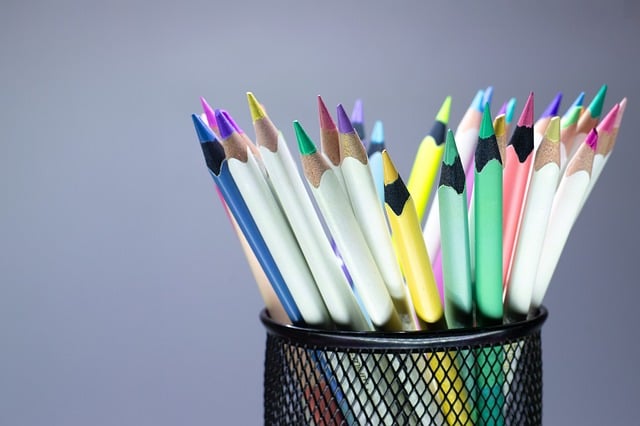Pencil drawing, an art form often underestimated, stands as a testament to the skill and precision inherent in fine arts. The simplicity of a pencil, an everyday object, transforms into a powerful instrument for artists seeking to convey emotions, ideas, and narratives through their work. Whether portraying the subtleties of human expression or the intricacies of nature, pencil drawing serves as a bridge between reality and imagination, allowing artists to explore a myriad of themes and cultural reflections.
In the realm of fine arts, pencil drawing has a rich history, tracing back to the earliest days of artistic expression. Artists such as Leonardo da Vinci and Albrecht Dürer mastered this technique, creating preliminary sketches that laid the groundwork for their masterpieces. These drawings are not mere blueprints; they capture the essence of thought and creativity, offering insights into the artist’s mind and process. The beauty of pencil drawing lies in its ability to dissect complexity into simple lines and shades, inviting viewers to interpret and engage with the work on a deeper level.
Culturally, pencil drawing holds a unique space. It transcends geographical boundaries and speaks a universal language. In various cultures, artists utilize this medium to tell stories, reflect societal norms, and challenge perceptions. For instance, in traditional Asian art, the delicate strokes and careful shading in pencil drawings often reflect philosophical nuances, while contemporary artists infuse modern themes, addressing issues like identity and globalization. This adaptability makes pencil drawing a significant cultural artifact that continues to evolve while retaining its core principles.
Furthermore, the tactile nature of pencil drawing connects artists and viewers in a way that digital mediums often cannot replicate. The texture of the paper, the weight of the pencil, and the rhythm of hand movement create a sensory experience that embodies the artist’s intent. Observers can almost feel the emotions poured into each stroke, creating a bond between the creator and the audience. This intimate process fosters appreciation and admiration for the skill involved and the unique beauty of individual expression.
The resurgence of interest in traditional art forms has sparked a renewed appreciation for pencil drawing. In a world saturated with digital art, many are rediscovering the charm of graphite and paper. Art classes are emphasizing the fundamentals of drawing, encouraging aspiring artists to hone their skills with this classic technique. The meditative quality of pencil drawing offers a reprieve from the fast-paced digital landscape, promoting mindfulness through the simple act of creating.
In conclusion, pencil drawing remains a powerful medium within fine arts and culture, embodying both timelessness and adaptability. As artists continue to embrace this age-old technique, they not only honor the legacy of their predecessors but also pave the way for future generations to explore the depths of creativity. Whether you are an artist or an admirer of art, the allure of pencil drawing is undeniable, inviting us to reflect, connect, and share in the boundless beauty of human expression.




